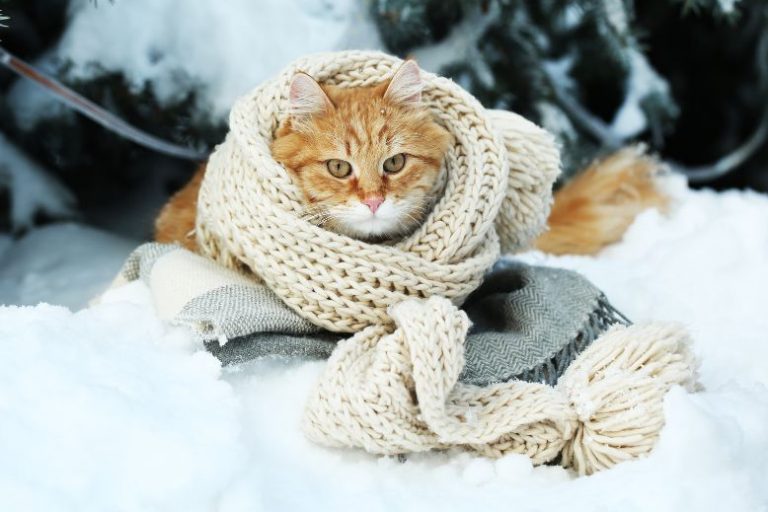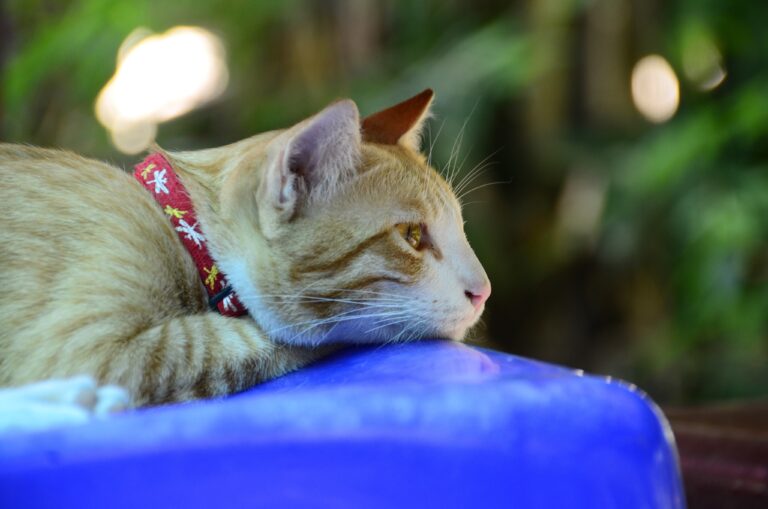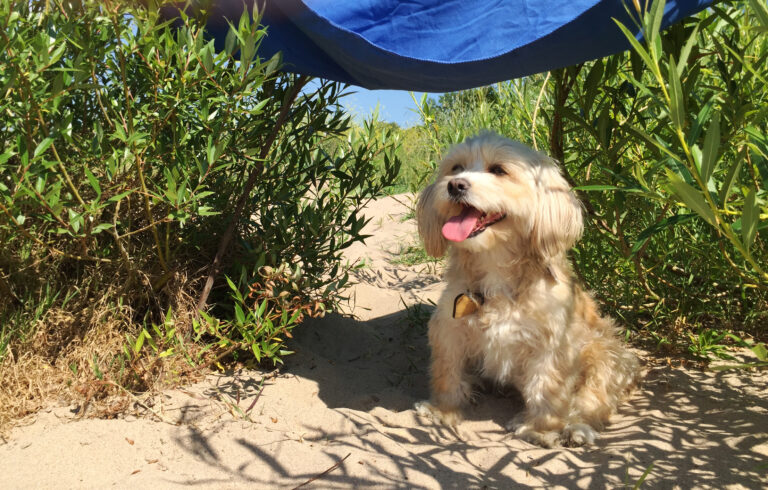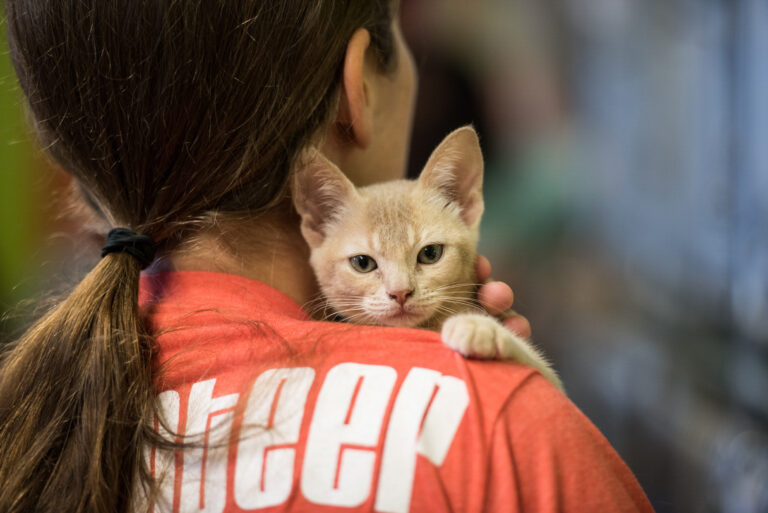As winter lingers, many cats become less active, preferring to nap in warm spots rather than engage in play. The lack of sunlight, colder temperatures, and limited outdoor access can lead to weight gain, boredom, and reduced mental stimulation. Keeping your cat active in the final stretch of winter is essential for their physical health and mental well-being. With the right activities and adjustments, you can ensure your feline friend remains engaged and energized until spring arrives.
Table of Contents
Why Winter Activity Is Important for Cats
Even indoor cats can experience seasonal changes in activity levels. Reduced exercise during winter can lead to:
- Weight gain, which increases the risk of diabetes and joint issues.
- Boredom and behavioral problems, such as excessive scratching or aggression.
- Reduced mobility, especially in older cats or those with arthritis.
- Lower mental stimulation, leading to stress and anxiety.
Encouraging movement and play during the last cold months of winter helps maintain a healthy weight, keeps joints flexible, and prevents behavioral issues.
Ways to Keep Your Cat Active Indoors
Interactive Play Sessions
Daily interactive play is one of the best ways to keep your cat moving. Use feather wands, laser pointers, or toy mice to encourage natural hunting behaviors. Dragging a wand toy along the floor mimics prey movement, keeping your cat engaged and stimulated.
- Schedule two to three short play sessions (10-15 minutes each) throughout the day.
- Use different toys to keep your cat interested.
- Let them “catch” the toy occasionally to avoid frustration.
Food Puzzle Toys and Treat Dispensers
Engaging your cat’s mind while encouraging movement is key in winter. Puzzle feeders and treat-dispensing toys make your cat work for their food, stimulating their problem-solving skills and preventing overeating.
- Hide small amounts of kibble in different puzzle toys.
- Rotate between different food-dispensing toys to maintain interest.
- Encourage natural foraging instincts by hiding treats around the house.
Create Vertical Climbing Spaces
Cats love to climb, and adding vertical spaces to your home can encourage movement. Installing cat trees, shelves, or wall-mounted perches allows your cat to jump, explore, and burn off energy.
- Place a cat tree near a sunny window for extra motivation.
- Use shelves or a staircase-style climbing structure to create a vertical playground.
- Encourage climbing with treats or toys placed at different levels.
Indoor Agility Courses
Turning your home into a mini agility course is a great way to challenge your cat physically and mentally. You can use household items like cushions, tunnels, or boxes to create an obstacle course.
- Arrange boxes, tunnels, and low furniture to encourage jumping and weaving.
- Use treats or a favorite toy to guide your cat through the course.
- Rearrange the course every few days to keep it exciting.
Hide-and-Seek Games
Hiding and seeking is a fun way to encourage activity and reinforce the bond between you and your cat.
- Hide behind furniture or in another room and call your cat’s name. Reward them with a treat when they find you.
- Hide toys or treats in various locations to stimulate their hunting instincts.
- Use catnip-infused toys to encourage exploration.
Rotate and Refresh Toys
Cats can lose interest in toys quickly. To keep things engaging, rotate their toys every few weeks and introduce new textures or types.
- Keep a box of different toys and swap them out regularly.
- Try new toys, like battery-powered interactive toys or motorized balls.
- Add catnip or silvervine to old toys to renew interest.
Encourage Window Watching and Bird Watching
Even if your cat can’t go outside, they can still enjoy watching the world from indoors. A window perch or cat hammock provides entertainment and encourages movement.
- Set up a bird feeder outside the window to create a natural “cat TV.”
- Provide a comfortable window seat or cat tree for a better view.
- If possible, open the window slightly for fresh air (while ensuring it’s secure).
Clicker Training and Teaching New Tricks
Training isn’t just for dogs—cats can learn tricks, too! Clicker training is a great way to keep your cat’s mind engaged while encouraging movement.
- Teach simple tricks like high-five, sit, or spin using treats as motivation.
- Use a clicker to reinforce good behavior and encourage learning.
- Incorporate movement-based tricks like jumping onto furniture or weaving through obstacles.
Preventing Winter Weight Gain
If your cat is less active in winter, they may need a slight adjustment in portion sizes to prevent weight gain.
- Measure food portions carefully and avoid excessive treats.
- Choose high-protein, low-carb foods to support muscle health.
- Schedule regular vet check-ups to monitor your cat’s weight.
When to See a Vet
If your cat becomes significantly less active, gains weight rapidly, or shows signs of stiffness or discomfort, consult your veterinarian. Joint pain, obesity, or underlying health conditions can make winter inactivity worse. Early intervention helps prevent long-term health issues.
In Conclusion

The final cold months of winter can be a challenge for keeping your cat active, but with the right strategies, you can keep them engaged, stimulated, and healthy. Interactive play, climbing spaces, puzzle feeders, and training sessions all help maintain physical and mental well-being. By making small adjustments, you can ensure your cat stays active, happy, and ready for the warmer months ahead.







